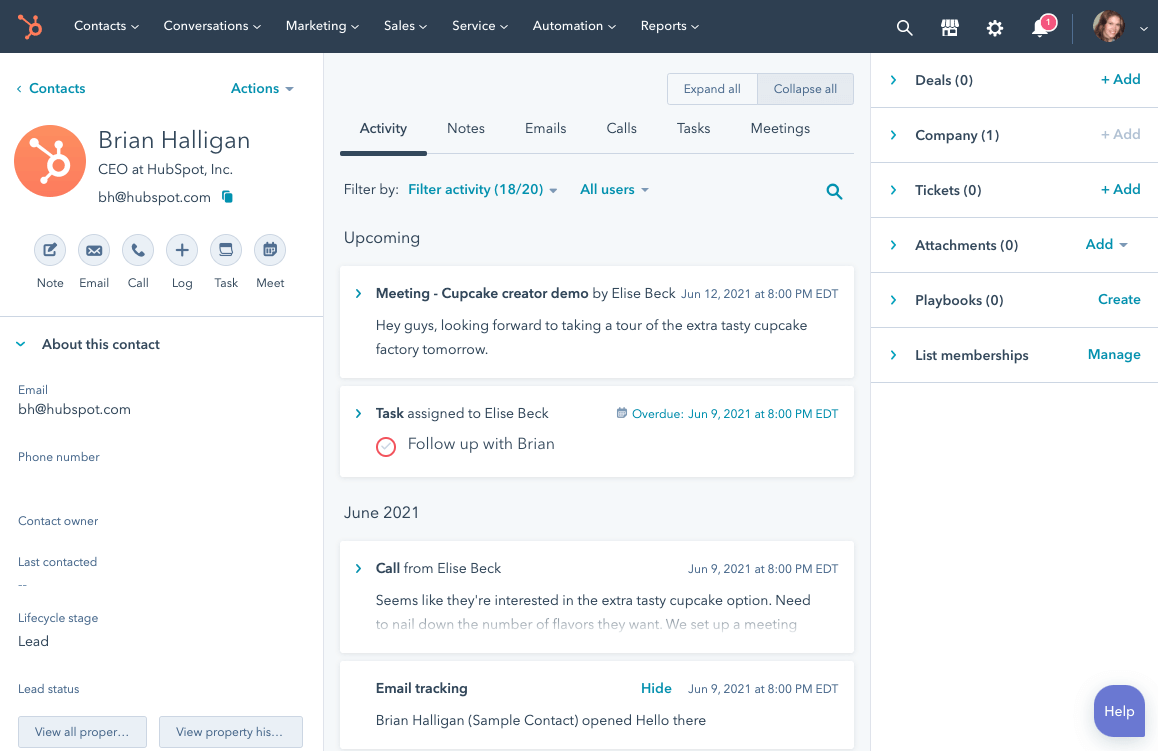The specialist landscape is getting increasingly competitive. Whilst standard calling and letters still have their place, it’s important to go further to stand out amongst the crowd.
A polished, well-thought-out campaign, often involving marketing professionals, is a highly effective approach.
At Initial Tech and Initial Marketing, we’re experts at helping specialists increase referrals.
Here are 10 things you should consider when planning your patient referral strategy:
1. Strong business branding: Look as good as the work you do
You’re a specialist, you’re highly skilled and chances are you’ve been in the game for some years now. The quality of your work is why people come to see you. It’s important then that your business branding (from your logo, to your website … and even how your reception area looks) mirrors the quality you are trying to provide.
Strong business branding goes a very long way in establishing trust between you, your patients and referring doctors.

Initial Marketing helped create a digital presence for one of Sydney’s most experienced Psychologists. More info HERE
Always remember that first impressions last. These first impressions can be good or bad – and it’s very hard to change this once someone has formulated their opinion of your business.


2. Use technology
Let technology do the hard work for you! The right technology should be efficient, effective and automate repetitive tasks.
- CRM (Customer Relationship Management) systems: A great way to keep track of new leads and reconnect with past patients for repeat visits
- Appointment booking systems: Referring doctors can efficiently book new patients in to see you. This can also reduce errors and time with double-entry of data.
- SEO (Search Engine Optimisation): Be seen on Google Search!
- Google Ads: Increase traffic to your website through pay-per-click.
- Hotlines: Some specialist surgery groups offer hotlines. A doctor is always available to take an immediate call from referring GPs.
- EasyReferrals and OnlineAppointments by MyHealth1st. This is designed to give GPs a fast and easy way to book appointments for referred patients at the time of referral. Referral letters can be securely uploaded online – no more lost letters!
GPs often refer to a personal acquaintance or use the tools available in some Practice Management Systems to identify appropriate doctors. For example, Halaxy allows you to upload your details to their online directory, which can be searched here:- https://www.halaxy.com/search/
SEO (Search Engine Optimisation) is the act of improving your website to make it appear earlier in Google search rankings. Google’s web crawler bot (also known as the GoogleBot), visits websites and uses an algorithm to determine appropriate rankings. Things it looks for include:-
- The quality of the pages
- The speed of the site
- The keywords used
- Videos and images
- Links
- How well it works on mobile devices and more
So having a high-quality website is essential.
SEO will help your webpage rank well, however Google Ads is the most effective way to get your business to the first page of a search. Your goal is to make your practice appear when patients enter appropriate search terms such as “shoulder specialist in Mona Vale”, or “Pediatrician near Manly”.
Creating effective Google search ads is a skill and requires a specialist to get the best results.

3. Introduce yourself… the old-fashioned way!
GPs can place a lot of value on direct, immediate communication. Some specialist groups have set up a number for GPs to ring, and one member of the specialist group is always on hand to answer.
A short phone call can make managing details much easier. It also helps the specialist, as receiving a referral with insufficient information can be frustrating and disadvantage patients.
Finally, Customer Relationship Management Systems (CRM) with email capabilities can automate messages to many contacts. You can see which doctors open an email, and create a short list of doctors to contact based on their activity. It is also possible to set up automation based on the recipients actions. I.e., If they open the email, trigger a secondary email to follow up in 2 days.
Remember, the “Marketing Rule of 7”: A prospect needs to ‘hear’ the advertiser’s message at least 7 times before they’ll take action. (Kruse 2016)
4. Ask your current patients (if applicable)
One of the easiest ways to get patients is right in front of you. If applicable, ask satisfied patients to refer friends and family. Also, see if they’re willing to leave a positive review through Google.
84% of patients use online reviews to evaluate and select their doctors. (Moyer 2017)

5. Maintain a contact list
Start a database of your current or potential referring doctors to contact. If possible, use a CRM to maintain this, as if used properly it can greatly increase the efficiency and effectiveness of converting contacts to actual referrals.
6. Ask GPs and referring doctor’s questions
Find out what they want in a specialist, ask how they prefer you to take care of their patients (they may have surprising answers besides ‘high-quality care’).
They may want prompt appointments, detailed reports or follow up discussions.
7. Create a plan
Like all things in business, having a plan is the best approach. If your practice is looking to increase referrals from local sources, then face-to-face meetings and local networking is best.
If you’re searching from a greater area, SEO and digital marketing campaigns would be a good first step.
Your goal should be to make referring to your practice the most convenient option for time-poor GPs. If they know and remember you, you will get referrals.
“Location and convenience are top reasons patients choose a doctor.” (Moyer 2017)
Use information you gained from doctors you speak to in order to enhance your proposal.
Remember, establish your goals and objectives. These should be measurable, i.e. number of referrals in a time period. If this starts to drop, maybe you need to modify your plan.
8. Get to know the GPs and other specialists in your area
A bit more of a time consuming, but very effective approach, is to identify and contact the GPs and specialists in your area. According to Medscape, less than 10% of physicians routinely refer to physicians they don’t know.
“Physicians refer to others in their local area who they know either personally or by reputation” (Schroeder 2016).
Remember, once a relationship is formed, keep the lines of communication going.
If a relationship isn’t working, spend your time on others that do. Face-to-face meetings take time. Some GPs will be more responsive than others.


9. Give back to your community
Not only is it great to do something for your community, but charity is an excellent way to network with referring doctors and potential clients. Sponsorship of your local kids team can also work very well.
This places your practice in a positive light (GREAT for your brand), and gets your name out there!
10. Thank / follow up with the referring doctor
It’s a good idea to thank the GP who refers a patient to your practice. Inform the referring doctor of your actions, and if appropriate, refer the patient back to the primary doctor to help their business.
After a patient has seen a specialist, GPs generally prefer succinct correspondence. Not too verbose, although “Thanks for managing their knee” might not be enough.
Not sure where to start? Ask a professional for help
Your time is money, it may be best to let others help whilst you focus on what you do best – caring for your patients.
At Initial Tech and Initial Marketing, we can provide websites, advertising campaigns, SEO optimisation, CRM systems and more!

By John Morgan
(BInfTech, MCSE, CompTIA A+), a qualified Senior IT Manager with 20+ years’ experience across a wide range of technologies in the hospitality, entertainment, retail, medical and sporting sectors.
References
coreplus. (n.d.). Referral Network For Medical Practices | Health Practice Referrals. [online] Available at: https://www.coreplus.com.au/referrer-network/ [Accessed 19 Oct. 2022].
Kruse, K. (2016). Rule of 7: How Social Media Crushes Old School Marketing. [online] Digital Dealer. Available at: https://digitaldealer.com/latest-news/rule-7-social-media-crushes-old-school-marketing/#:~:text=If%20you [Accessed 19 Oct. 2022].
McGilvray, A. (2013). Marketing referrals. Medical Journal of Australia, [online] 199(6). Available at: https://www.mja.com.au/journal/2013/199/6/marketing-referrals.
Medscape. (n.d.). Best Ways to Generate More Referrals. [online] Available at: https://www.medscape.com/viewarticle/736985 [Accessed 19 Oct. 2022].
Moyer, K. (2017). Five Easy Ways to Increase Patient Referrals. [online] Rendia. Available at: https://rendia.com/resources/insights/five-ways-increase-patient-referrals/.
Public Relations Melbourne. (2018). How to get more medical referrals – tips for surgeons and specialists. [online] Available at: https://www.affectmedia.com.au/how-to-get-more-medical-referrals/.
Schroeder, M.O. (2016). What’s Behind That Medical Referral? [online] US News & World Report. Available at: https://health.usnews.com/health-news/patient-advice/articles/2016-04-07/whats-behind-that-medical-referral.
www.myhealth1st.com.au. (n.d.). The Ultimate Guide to Referrals | MyHealth1st. [online] Available at: https://www.myhealth1st.com.au/practices/resources/articles/the-ultimate-guide-to-referrals/.

